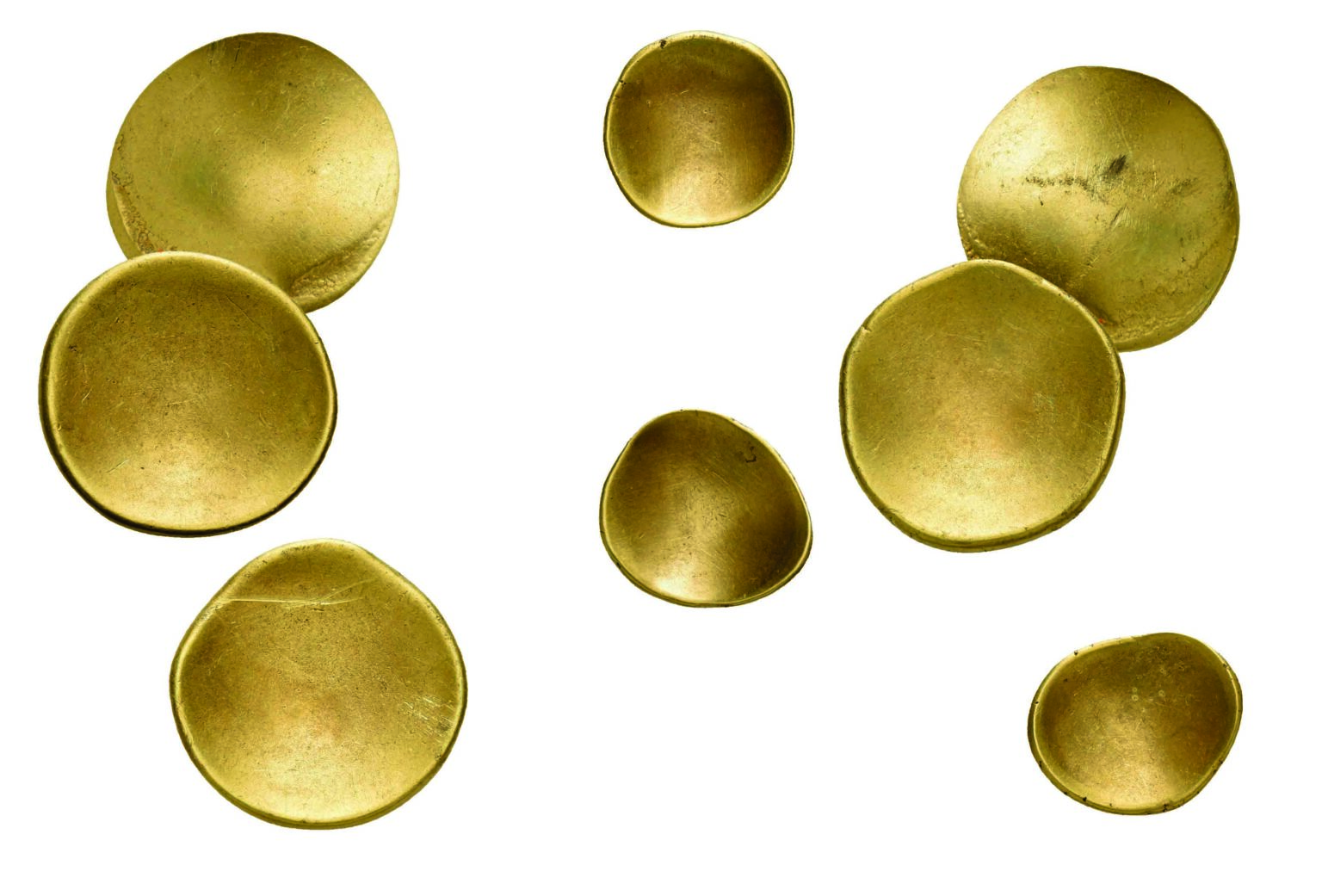
Click here: to donate by Credit Card
Or here: to donate by PayPal
Or by mail to: Free Republic, LLC - PO Box 9771 - Fresno, CA 93794
Thank you very much and God bless you.
Posted on 11/19/2025 6:13:36 AM PST by SunkenCiv
According to a Live Science report, a 2,200-year-old gold coin was discovered by a metal detectorist in eastern Germany. Known as "rainbow cups" for their curved shape and the folklore that treasure can be found where a rainbow touches the ground, such coins were minted by the Celts, who did not inhabit this region. Only two other Celtic coins have been found in the German state of Saxony, and are thought to have been obtained through trade between the Celts and Germanic-speaking people. Saxony state archaeologist Regina Smolnik said that this rainbow cup is in excellent condition, and was therefore probably kept as a valuable object and not used as currency. To read about rainbow cups found in northeastern Germany, go to "Golden Lucky Charms."
(Excerpt) Read more at archaeology.org ...

|
Click here: to donate by Credit Card Or here: to donate by PayPal Or by mail to: Free Republic, LLC - PO Box 9771 - Fresno, CA 93794 Thank you very much and God bless you. |
Obverse and reverse of Celtic gold coinArchaeological Heritage Office of Saxony
According to a Live Science report, researchers from the French National Institute of Preventive Archaeological Research discovered more than 160 cremation burials in southern France's ancient city of Olbia. The burials have been dated to the city’s Roman period, from the first through third centuries A.D. The study indicates that for most of the burials, the bodies were placed on a wooden stand constructed over a square pit. As the pyre burned, the stand collapsed. Glass objects in the fire melted, bronze objects warped, and soot covered the ceramics. Some of these pits were then covered with roof tiles and filled in with dirt. Others, however, were partially or completely emptied, and the bones placed in small piles or in a container for burial. Pieces of amphoras were then used to build libation channels at most of the graves. Liquids such as wine, beer, and mead could then be poured into these channels to honor the dead on Roman feast days. For more on Roman France, go to "Gaul's University Town."Roman Burials Uncovered in Southern France | Archaeology Magazine | November 5, 2025Libation conduits, Olbia, France© Tassadit Abdelli, INRAP

It always amazes me that some people were wealthy enough to burn valuable glassware, bronze objects, and ceramics in funeral pyres and pour perfectly good wine, beer and spirits into troughs to celebrate the dead.
The coin was “thought to have been obtained through trade between the Celts and Germanic-speaking people.”
Nah, I think a tourist dropped it. “Honey, have you seen my rainbow cups? I can’t find them.”
“Oh, I used those to tip the bellboy, darling.”
Yeah, that’s what she told him happened.
LOL...yeah. That casino downstairs? “Nah, I wasn’t there, dear. I promise”
They’re magically delicious!
I misinterpreted this. I read the byline and thought it was for being the best homosexual.
wy69
I once found an Irish penny in Sunnyside, Queens.
Disclaimer: Opinions posted on Free Republic are those of the individual posters and do not necessarily represent the opinion of Free Republic or its management. All materials posted herein are protected by copyright law and the exemption for fair use of copyrighted works.